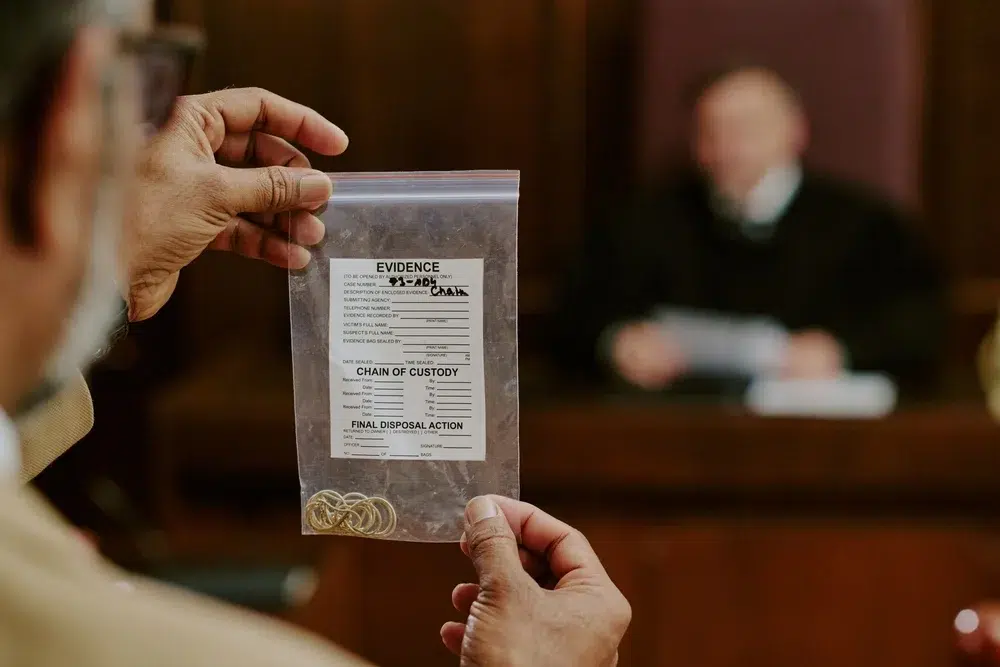After sexual abuse or assault, what you do next is deeply personal. There is no right or wrong way to respond. But if there is even a small possibility that you may one day report what happened or pursue legal action against the perpetrator or an institution, preserving evidence early can make a powerful difference.
This checklist is designed to help survivors protect crucial information while prioritizing physical and emotional safety.
Download: Evidence Preservation Checklist
A confidential guide for safely preserving physical and digital evidence after sexual abuse.
Download PDF
What to do as soon as possible
• If you are in danger or feel unsafe, move to a secure location first
• Avoid showering, bathing, or brushing teeth if you are considering a forensic exam
• Do not wash or change clothing worn during the assault if possible
• Save any bedding or fabrics that may contain biological evidence in paper bags (not plastic)
• Document injuries or marks with photos including different angles and timestamps
• Write down what you remember: location, date, time, people involved, and anything said
Clothing and physical items
• Place clothing worn during the assault in separate paper bags
• Include items like underwear, socks, jewelry, or broken objects
• Do not fold or cut items if possible
• If clothing has already been washed, still save it
Digital evidence
• Screenshot threatening messages, online grooming, or admissions of guilt
• Preserve call logs, voicemails, text threads, social media messages, and DMs
• Export data to secure storage so it is not lost if an account is deleted
• Do not alter or delete posts or messages even if they feel disturbing
• Screenshot metadata or save the URL where abuse occurred
Medical evidence
• Consider a forensic medical exam (sometimes called a SANE exam or SAFE kit) within 120 hours if you are comfortable doing so
• Request copies of all medical records including imaging and test results
• Keep discharge paperwork in a private secure folder
• Track symptoms both physical and emotional over time
Environmental details
• Record the physical location including photos of rooms or vehicles if safe to do so
• Note lighting, locked doors, cameras, and building layout
• Track who was present before during and after the abuse
Witness and disclosure records
• Write down the names of people you told and when
• Save messages if you disclosed to a trusted friend or family member
• If the abuse occurred in an institutional setting note supervisors on duty, posted policies, and any prior complaints you know of
Chain of custody tips
• Keep items untouched and stored in paper not plastic containers
• Label each item or bag with date time and how it was collected
• Avoid handling items unless necessary
Protecting your privacy and security
• Store evidence in a locked space or with someone you trust
• Password protect all digital files
• Turn off cloud sync for sensitive images if abuser has account access
• Contact a confidential advocate for help if you fear retaliation
Important reminders
• You are not required to report now to preserve evidence
• Saving evidence does not obligate you to take any legal action
• If something has already been cleaned altered or thrown out do not blame yourself
• Your safety and well being come first always
You are not alone
If the abuse occurred in a school church sports program rideshare foster care facility or another institution you may have additional legal rights. Preserving evidence can help hold both individuals and institutions accountable.
